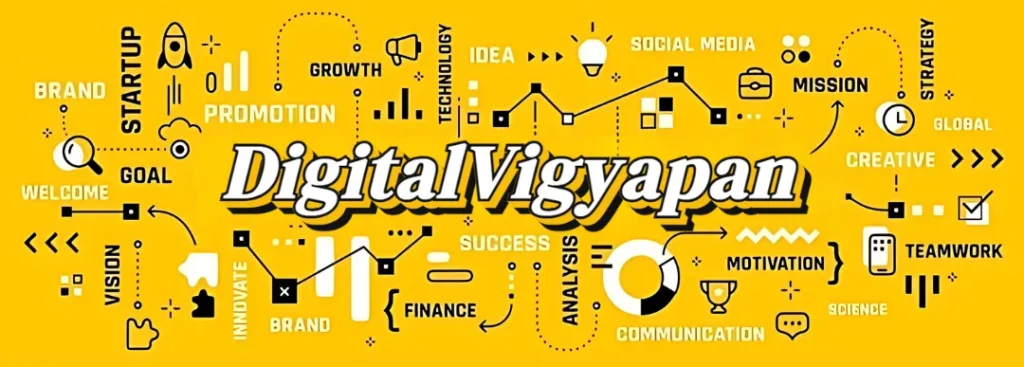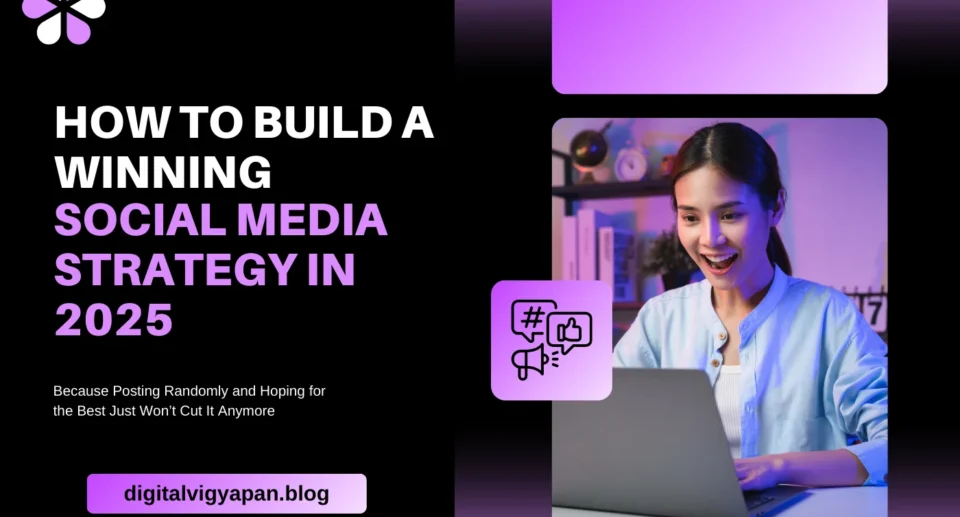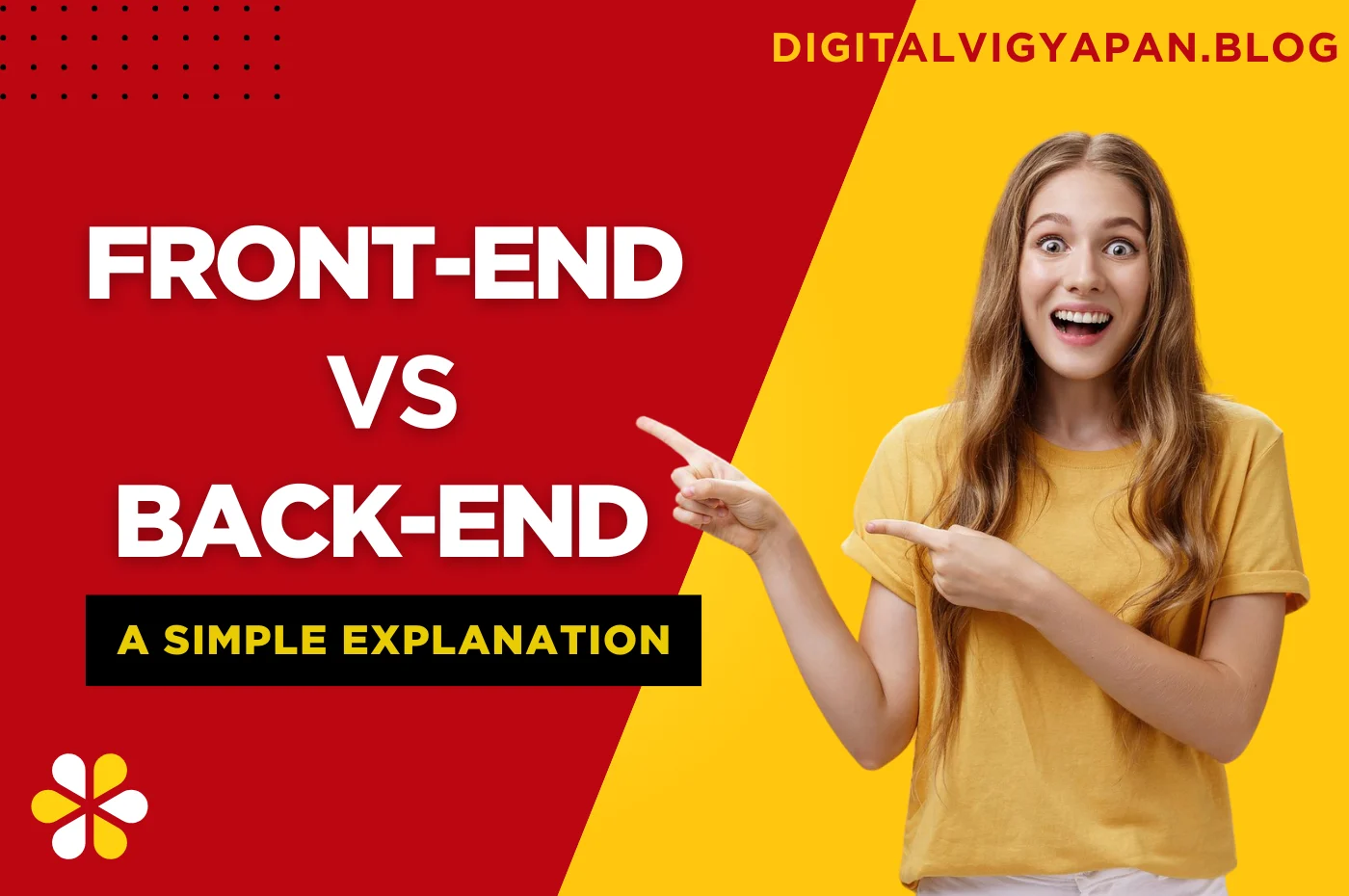14 Award-Winning Website Designs & What They Did Right
Jay Pathak
- April 24, 2025
- 5 Min Read

Because Great Design Isn’t Just About Looks—It’s About Experience, Story, and Strategy.
We’ve all been there—scrolling through a site so slick, so immersive, so well-thought-out that you just know it didn’t happen by accident. The animations are smooth, the copy hits, the UX feels like silk, and you can’t help but say, “Damn. This is good.”
These are the websites that don’t just exist—they win.
Today, we’re breaking down 14 award-winning websites from different industries and geographies, and most importantly, what they did right so you can steal a little inspiration for your own design game.
Let’s dive in.
Awwwards – Active Theory
Award: Site of the Year – Awwwards
What They Did Right:
Active Theory didn’t just build a site. They built a 3D universe. Their site is built with WebGL tech that turns the homepage into an interactive world. It’s more experience than website.
Takeaway:
If your product is digital or creative, don’t be afraid to ditch the grid and think spatially. Motion, interaction, and storytelling can live in harmony.
Apple – Apple Product Pages
Award: Consistently recognized across UX design forums
What They Did Right:
Apple nails visual hierarchy. Clean whitespace, massive product shots, and tight copy. Scroll-triggered animations subtly guide users without overwhelming them.
Takeaway:
Sometimes, restraint is creativity. Design isn’t what you add—it’s what you don’t. Every scroll should tell a story.
Bruno Simon – Portfolio Site
Award: Awwwards SOTD (Site of the Day)
What They Did Right:
An interactive 3D car drives around his portfolio. Yes, seriously. Every section is a stop on the ride—skills, projects, contact—all gamified.
Takeaway:
When your work is creative, show that from the jump. Portfolios should feel like playgrounds, not pitch decks.
Nomadic Tribe – Interactive Story
Award: FWA of the Month
What They Did Right:
An emotionally driven, scroll-based story about a tribe in India. The sound design, animation, and art direction are film-level quality.
Takeaway:
Use your website as a canvas for narrative. Scroll is your timeline. Sound is your heartbeat. Copy is your dialogue. Mix it all.
Adidas Y-3 – Product Storytelling
Award: Red Dot Design Award
What They Did Right:
A minimalist layout but ultra-high-end visuals. As you scroll, products are revealed like art installations. The transitions feel luxe.
Takeaway:
Luxury isn’t loud. It’s intentional pacing and emotional minimalism. Let your product breathe.
Nurture Digital – Creative Agency Website
Award: Webby Honoree
What They Did Right:
Clever microinteractions. Case study previews morph into full-screen videos. CTAs float in a way that feels gentle but purposeful.
Takeaway:
If you’re selling attention to detail, your site better show it. The micro matters.
Species in Pieces – Conservation Website
Award: Awwwards SOTY Nominee
What They Did Right:
An entire site built from CSS polygons. Each endangered animal animates into form as you scroll, with facts and stats layered in.
Takeaway:
Use design to visualize abstract data. Don’t just tell people to care—make them feel it.
Airbnb – Design Language System
Award: UX Collective Recognition
What They Did Right:
Airbnb’s internal design site walks you through their design philosophy in a way that’s interactive, educational, and ridiculously slick.
Takeaway:
If you have a design-led culture, show it. Build resources that educate and inspire, not just promote.
Obys Agency – Minimal Black & White
Award: Awwwards Dev of the Year
What They Did Right:
Obys took a minimalist color palette and exploded it with kinetic type, layered images, and scroll depth effects. Black and white never looked so loud.
Takeaway:
You don’t need color to be bold. Typography is your power tool. Use it.
Superlist – Product Site
Award: Product Hunt #1 Product of the Day
What They Did Right:
Fluid animations between sections. Smart use of gradients and movement. The site feels like using the product—smooth, sleek, fast.
Takeaway:
Mimic your product experience in your site’s design. Let users feel the vibe before they sign up.
Paperplanes – Marketing Campaign Site
Award: Cannes Lions Digital Craft Winner
What They Did Right:
A browser-based game where users throw paper planes into other people’s screens across the world. Blends play with global connection.
Takeaway:
Interactive doesn’t have to mean complicated. Sometimes the simplest ideas, executed beautifully, hit the hardest.
Koa – Sustainable Brand Site
Award: D&AD Pencil
What They Did Right:
Koa combines eco storytelling with tactile UI—soft colors, motion that mimics nature, and educational storytelling on sustainability.
Takeaway:
Branding is more than fonts and logos. Your design choices should echo your mission.
Resn – Creative Studio
Award: Dozens, including Awwwards Agency of the Year
What They Did Right:
They break every rule and make it work. Quirky transitions, distorted elements, unexpected copy. It’s chaos, but intentional.
Takeaway:
If your brand is edgy, don’t be afraid to go off-grid. Rules are meant to be broken—if you know how.
- Mailchimp – Email Platform Site
Award: Webby, Red Dot
What They Did Right:
Mailchimp blends humor with function. Illustrations that don’t feel childish, copy that’s friendly but clear, and a UI that guides like a GPS.
Takeaway:
Voice and visuals should match. If you’re quirky, own it. If you’re corporate, stay consistent. Identity > gimmick.
💡 Final Thoughts: What Makes a Website “Award-Winning”?
It’s not about flashy animation. It’s not about how many design trends you squeeze in.
It’s about intention.
Every one of these award-winning websites nailed three things:
Purpose – The design serves the content and the user, not the ego of the designer.
Emotion – From subtle elegance to full-blown wow factor, the best designs feel something.
Clarity – Even in complex or experimental layouts, the journey is intuitive.
If you’re building your own brand site, portfolio, or digital product in 2025, remember:
👉 Design is how it looks
👉 UX is how it feels
👉 Strategy is how it works
The sweet spot? When all three dance together.





